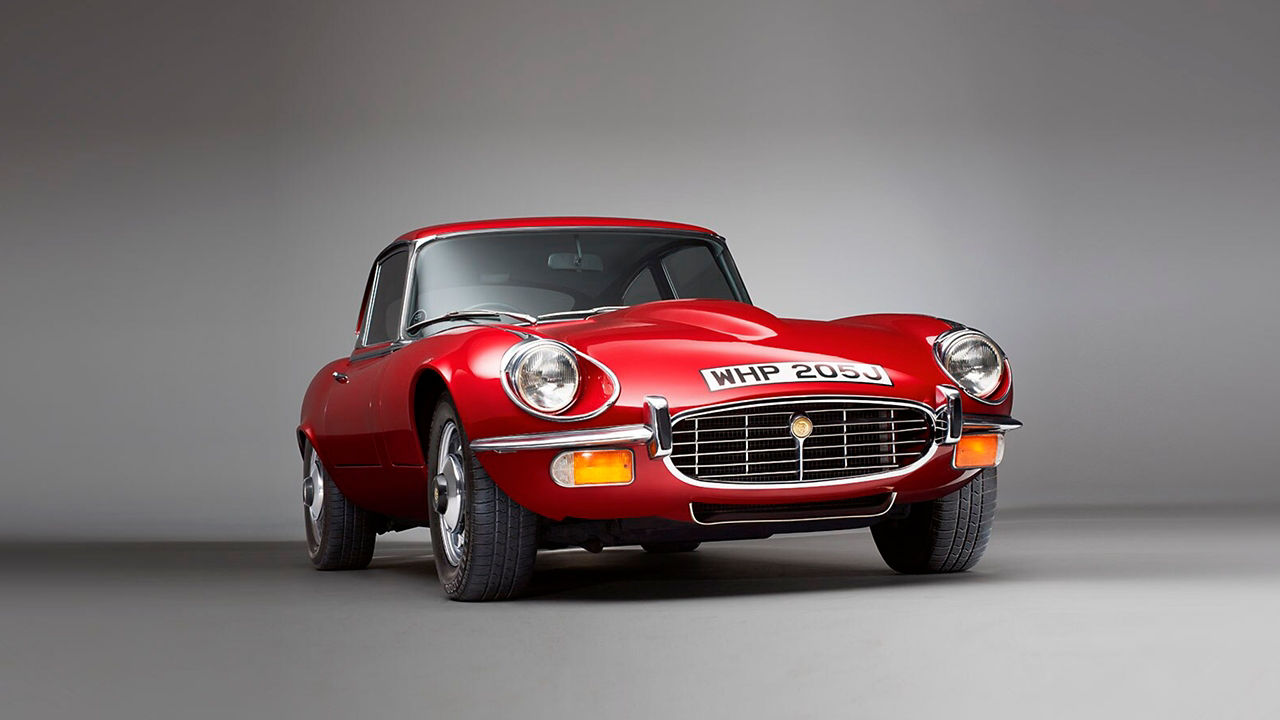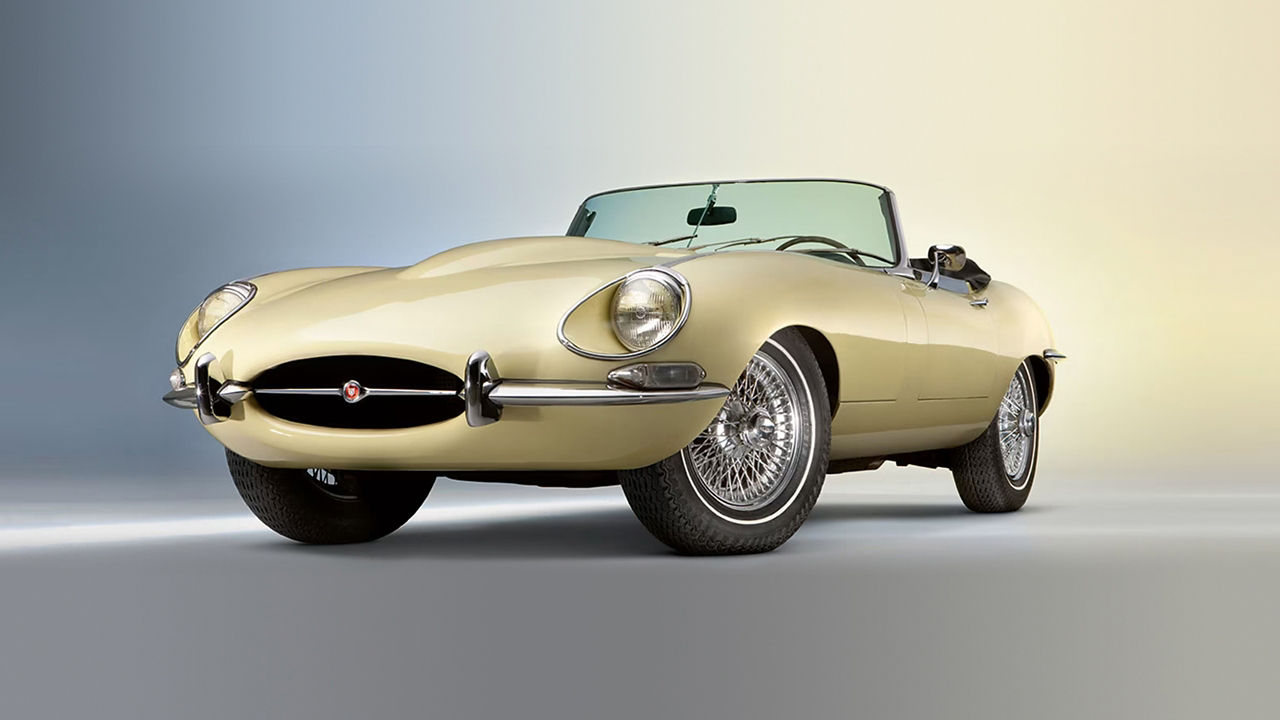What began in 1963, continued in 2015.
The coveted, next-generation ‘Special FT’ Lightweight E-types were originally built with new-style aluminum bodies in the sixties. 18 chassis were planned, but just 12 were built. Some 50 years later, we set out to finish what we started. We dubbed them The Missing Six.
Recreating a Classic
"With the Lightweight E‑type, our focus as a design team has been to ensure justice was done to the original work of Sir William Lyons and Malcolm Sayer. Meticulous attention to detail has been everything to us in re-creating this car, just as it is in our contemporary Jaguar vehicles. I believe the result is a new Lightweight E-type that is as stunning now as the originals." Ian Callum, Director of Design, Jaguar
The six new Lightweight E‑type cars would be a labor of love, with each of the cars being built to the exact specification from the last of the original 12, produced in 1964.
The Missing Six were hand-crafted at the infamous Browns Lane – Jaguar’s production base, where the original Lightweight E‑type cars were built. These new models would embody the spirit of the originals – using all of the knowledge and expertise of Jaguar engineers who have been perfecting aluminum body technology, as seen on modern Jaguar models like F‑TYPE and XE.
Inside the new Lightweights would be a highly developed version of the straight six engine – the same engine that had powered the C- and D‑Type to Le Mans victories.
Test and Learn
An engineering prototype – 'Car Zero' – was completed in 2014 and revealed at the opening reception of the Pebble Beach Automotive weekend, the world's most prestigious classic car event.
Built by the same department that creates Jaguar prototypes, all build processes and assembly procedures were initially proven on Car Zero.
Original Design, Modern Technology
True to the original design, The Missing Six were built using materials and methods seen on the initial 12 Lightweight E‑type models. The original design would be aided by modern technology, allowing designers and engineers to ensure the most faithful rendition.
Using Jaguar’s state-of-the-art scanning technology, the inner and outer surfaces of each Lightweight bodyshell were digitally mapped. The hugely detailed scan it produced recorded dimensions and shape down to a fraction of a millimeter. This was assessed by Jaguar's technicians to validate how the body was assembled back in the 1960s, and how the process could be engineered today.
The Result
The attention-to-detail and expertise brought to the project was astounding, and resulted in six new Lightweights that were entirely faithful to the originals.
In recreating the Lightweight E‑type, Jaguar Heritage was able to call on the superlative skills and experience of many talented engineers and technicians already working in a variety of departments within Jaguar.
The six chosen customers each became the owners of one of the rarest cars on earth – a brand new Lightweight E‑type, hand-built at Browns Lane. Just as desirable as one of the originals.
1‑13 Disclaimers



